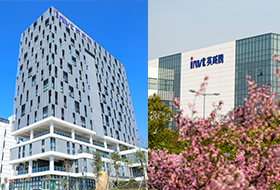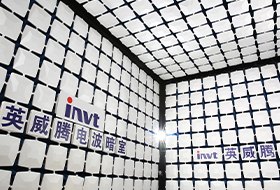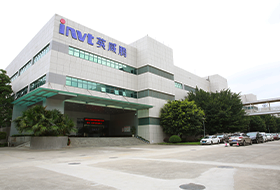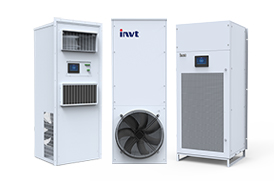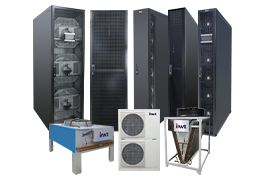The Role of Cabling in Data Centers
Anyone with business experience knows that the lifeblood of any organization is its data. This important resource is primarily stored and managed in data center facilities. These data centers need to operate seamlessly and efficiently, which is impossible without reliable cabling systems.
Cabling plays a vital role in data center operations, and as data centers become more complex, the importance of reliable cabling systems has been pushed to the forefront.
What is a data center?
A data center is a facility designed to house a business's critical applications and data. These data centers are essentially server farms where networked computers manage, process, store, and disseminate large amounts of data. The physical structure of a data center is typically a large room filled with racks of servers, storage devices, cables, and other network equipment. The room temperature is controlled and the entire system is continuously powered to avoid data loss or downtime.
The role of data center
The data center is like the heart of the modern enterprise. They play a key role in storing, managing, and disseminating data. From hosting websites to processing transactions to running enterprise applications, data centers provide the necessary infrastructure for digital businesses. Data centers serve as the backbone of business operations, enabling seamless data access, backup, and recovery, which is critical for business continuity and disaster recovery.
The evolution of data center cabling
As data centers evolve, so do their cabling systems. In the early days of the data center, coaxial cable was the norm. These provided relatively high bandwidth, sufficient for the requirements at the time. However, as data traffic grew, so did the need for higher bandwidth and faster transmission rates, leading to the emergence of twisted pair cables.
Twisted pair cables come in different types (like Cat5, Cat6, etc.) to improve performance and reduce interference. These cables have become the standard in data centers due to their ability to transmit at high speeds and over long distances.
However, continued advances in technology soon required higher performance. Enter fiber optic cable. These cables transmit data in the form of pulses of light, providing unparalleled speed and bandwidth, making them ideal for modern data centers that handle large amounts of data.
From copper to fiber optics, the evolution of data center cabling is evidence of the growing need for efficient, reliable data transmission.
Types of Cables Used in Data Centers
1. Copper cable
Copper cables, especially twisted pair cables, are widely used in data centers for short-distance data transmission. They are cheaper and easier to install than their fiber optic counterparts. However, their performance degrades with distance and they are more susceptible to electromagnetic interference.
2. Optical fiber
Fiber optic cables transmit data in the form of pulses of light, allowing them to support high-speed data transmission over long distances with minimal signal loss. They are immune to electromagnetic interference and are ideal for data center backbone connections.
3. Coaxial cable
Once a data center staple, coaxial cable is less common now but is still used in specific applications. They consist of a center conductor surrounded by insulation and metal shielding, making them resistant to electromagnetic interference.
Cable selection depends on the specific requirements of the data center, taking into account factors such as distance, speed, cost, and environment.
The importance of quality cabling
Cabling infrastructure is the lifeblood of the data center. It is the critical path for transferring data between different devices within the center and between external networks. Therefore, cabling quality directly affects the performance and reliability of the data center. High-quality cables ensure a strong and reliable connection, reducing the risk of data loss or transmission errors.
Premium cables are designed to meet or exceed industry standards to provide optimal performance under a variety of operating conditions. They can withstand environmental stresses such as temperature fluctuations, humidity, and electromagnetic interference and maintain their performance over time.
Additionally, high-quality cables are more durable and last longer. This means they need to be replaced less frequently, reducing maintenance costs and downtime. They also provide better signal integrity, ensuring fast and reliable data transmission, which is critical to maintaining high levels of service in data-intensive applications.
Therefore, investing in quality cables can significantly improve data center performance, reliability, and efficiency, providing long-term benefits that far exceed the initial cost.

 networkpowersales@invt.com.cn
networkpowersales@invt.com.cn
